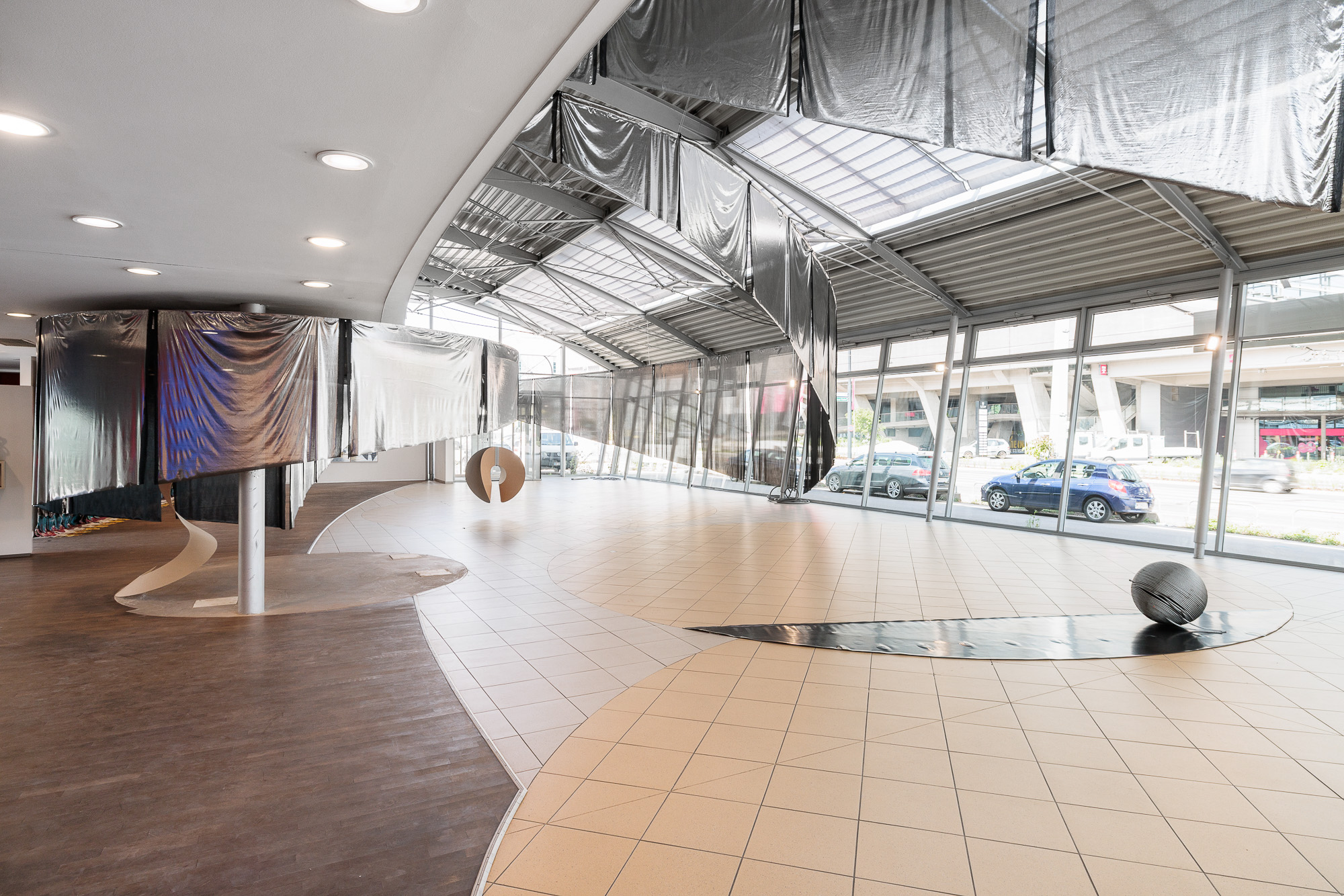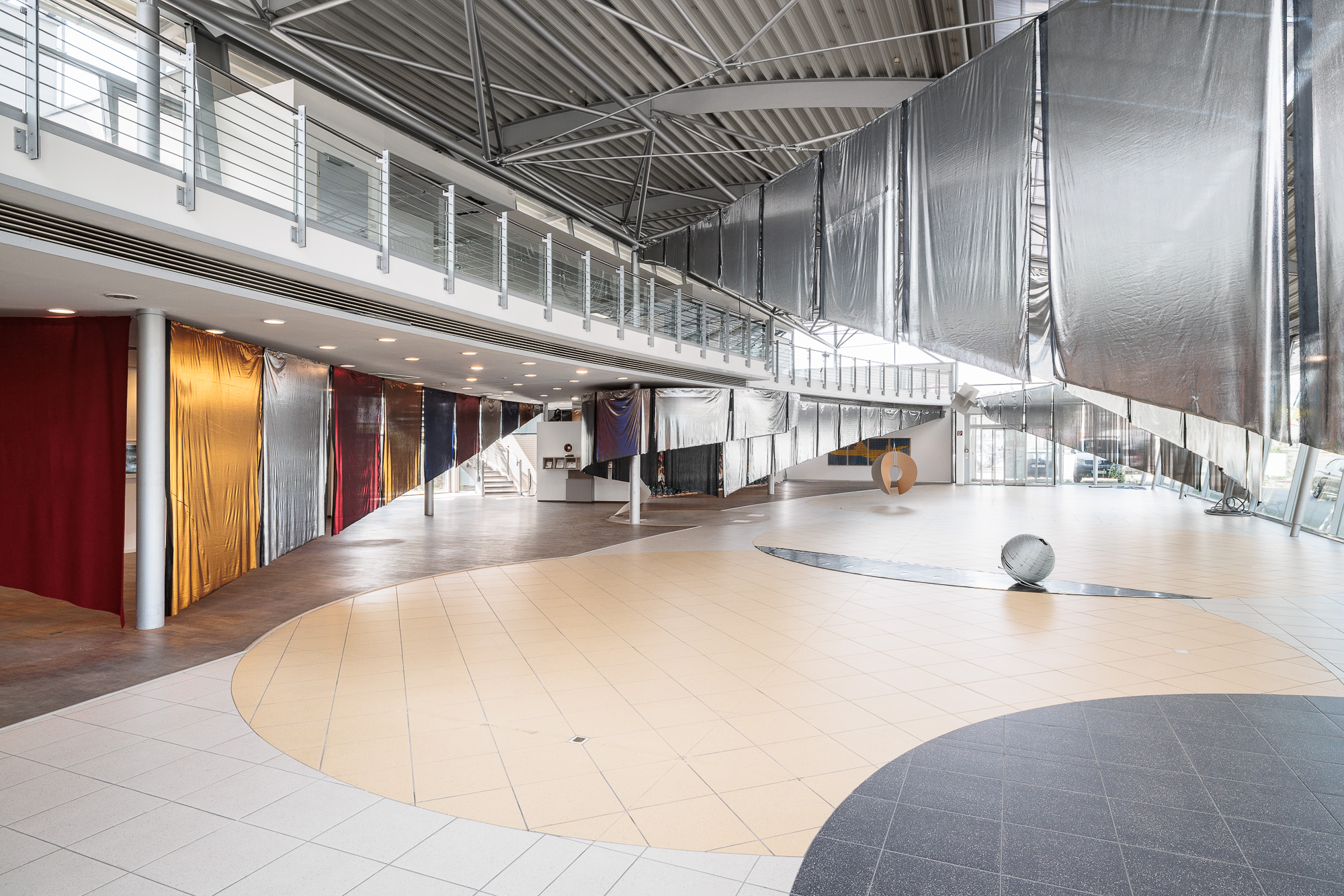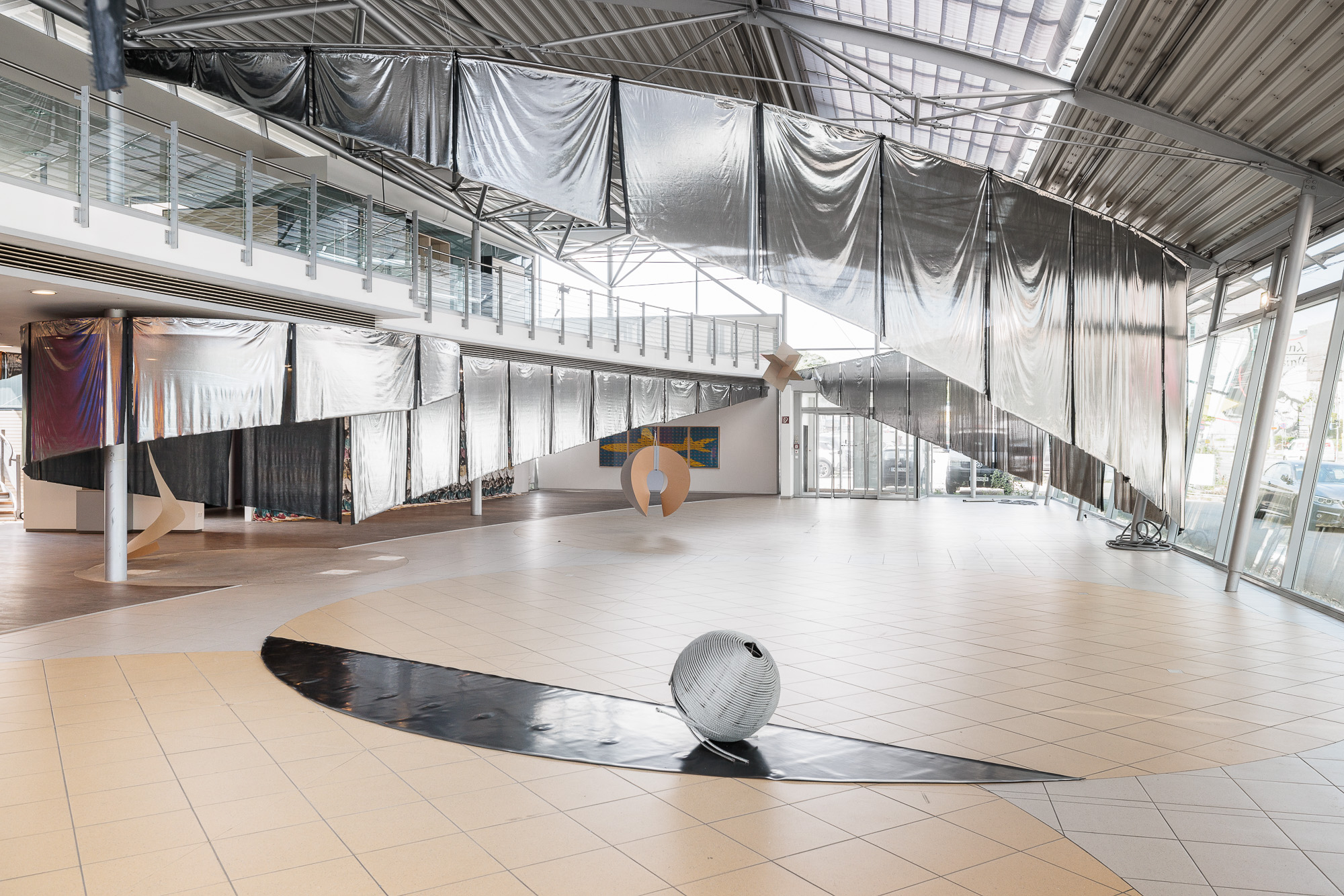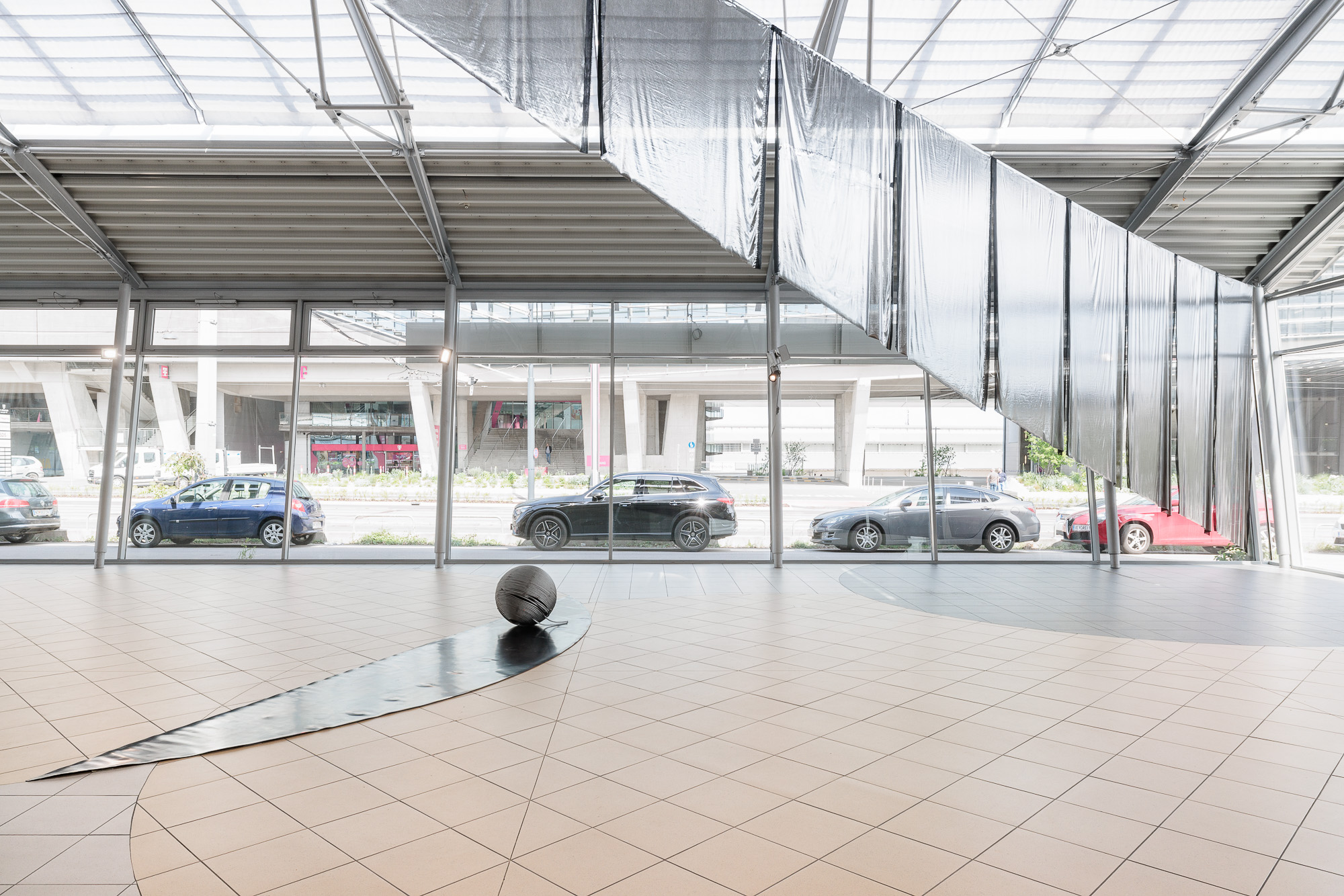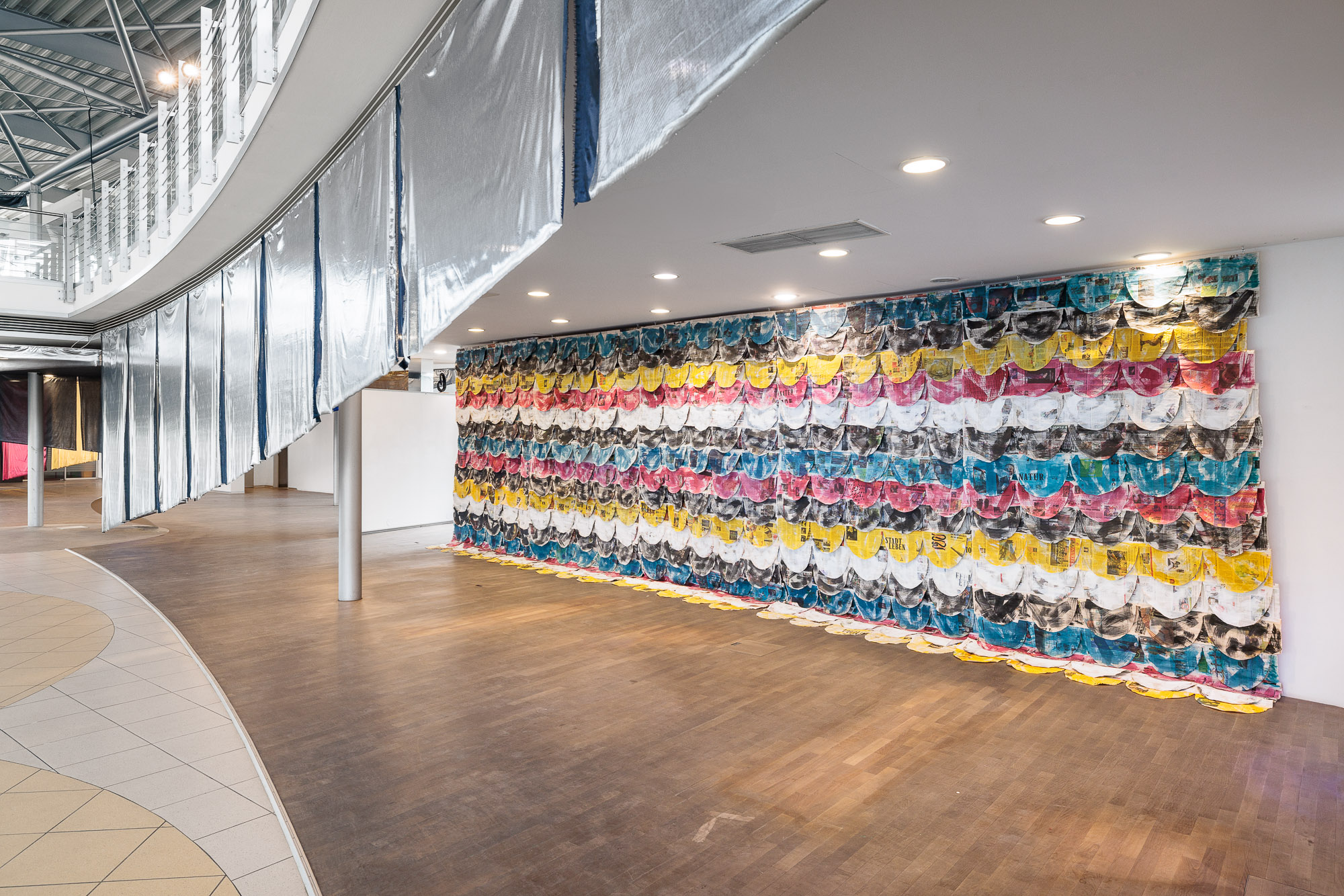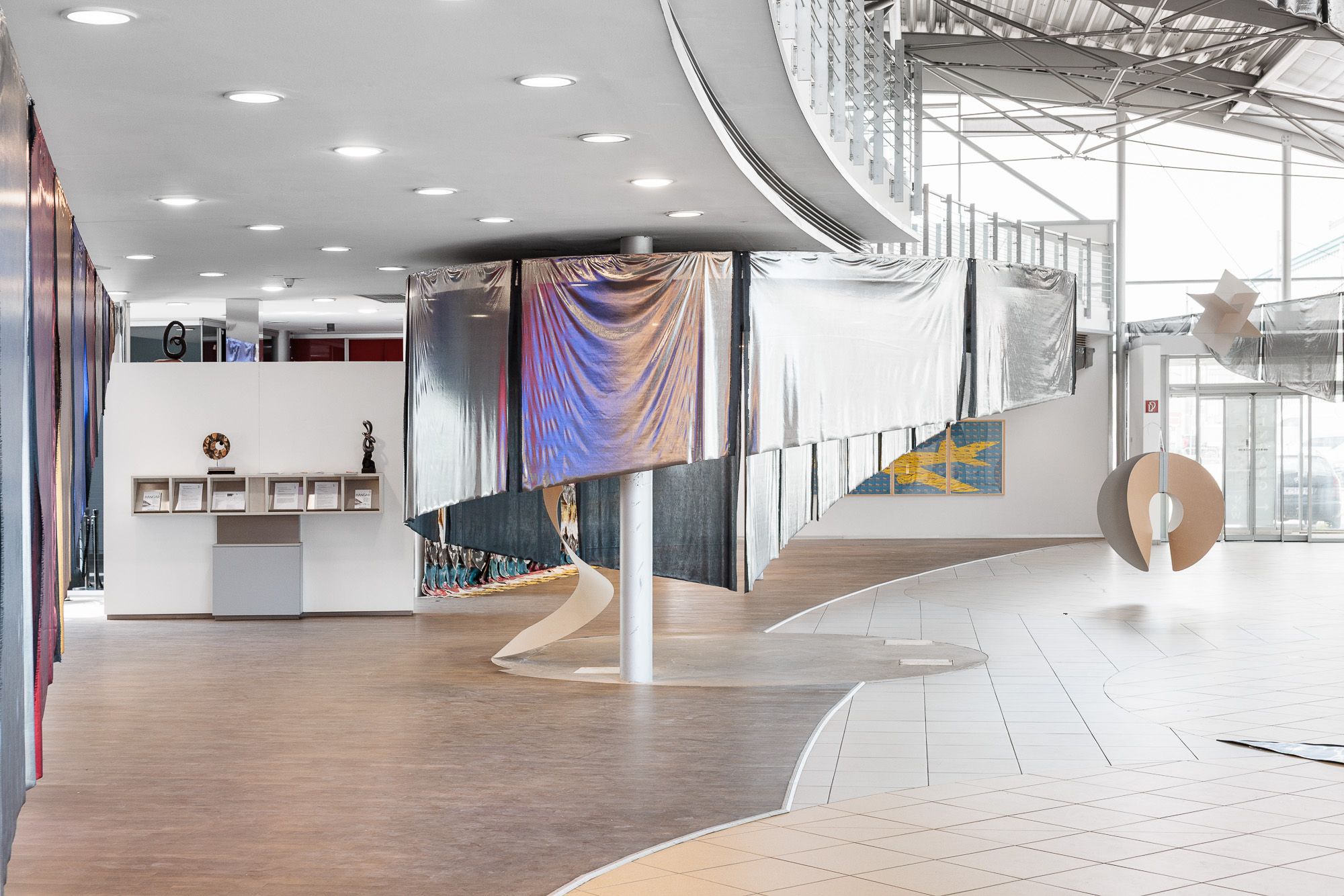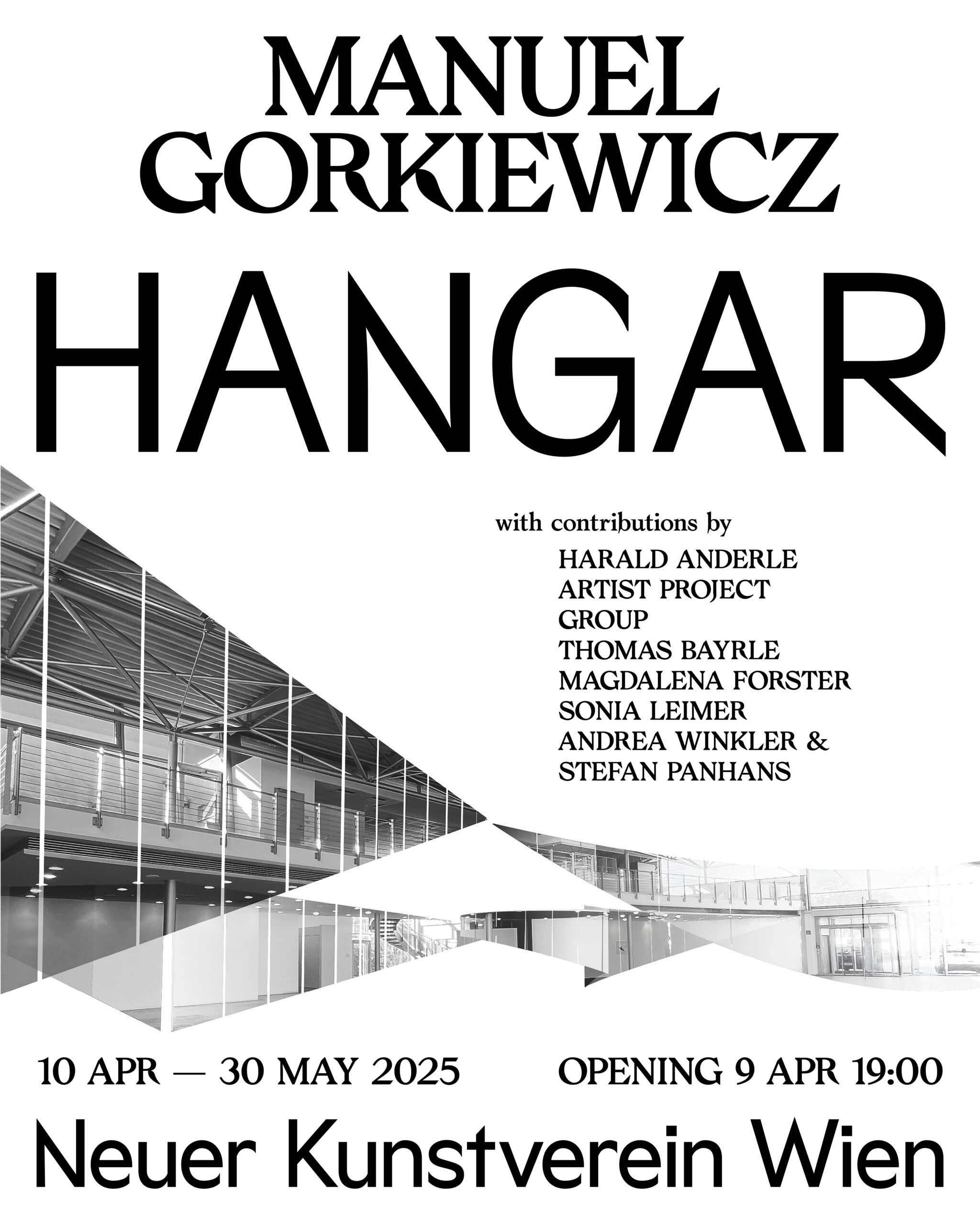The artist Manuel Gorkiewicz explores the architecture of the “Hangar” in Hall 1 of the Neuer Kunstverein Wien, located in the former exhibition hall of a renowned car dealership. This architectural style was designed in the late 1990s by the firm “Schmidhuber + Partner” for Audi AG. Following the initial prototype, approximately 700 more buildings of this type were constructed worldwide, including the one that now houses the Neuer Kunstverein Wien. Originally, the term “Hangar” referred to a shed or protective shelter and was used for halls housing airplanes, helicopters, and even space shuttles. In the context of automobiles, it connotes high-tech innovation, speed, and avant-garde aesthetics.
read more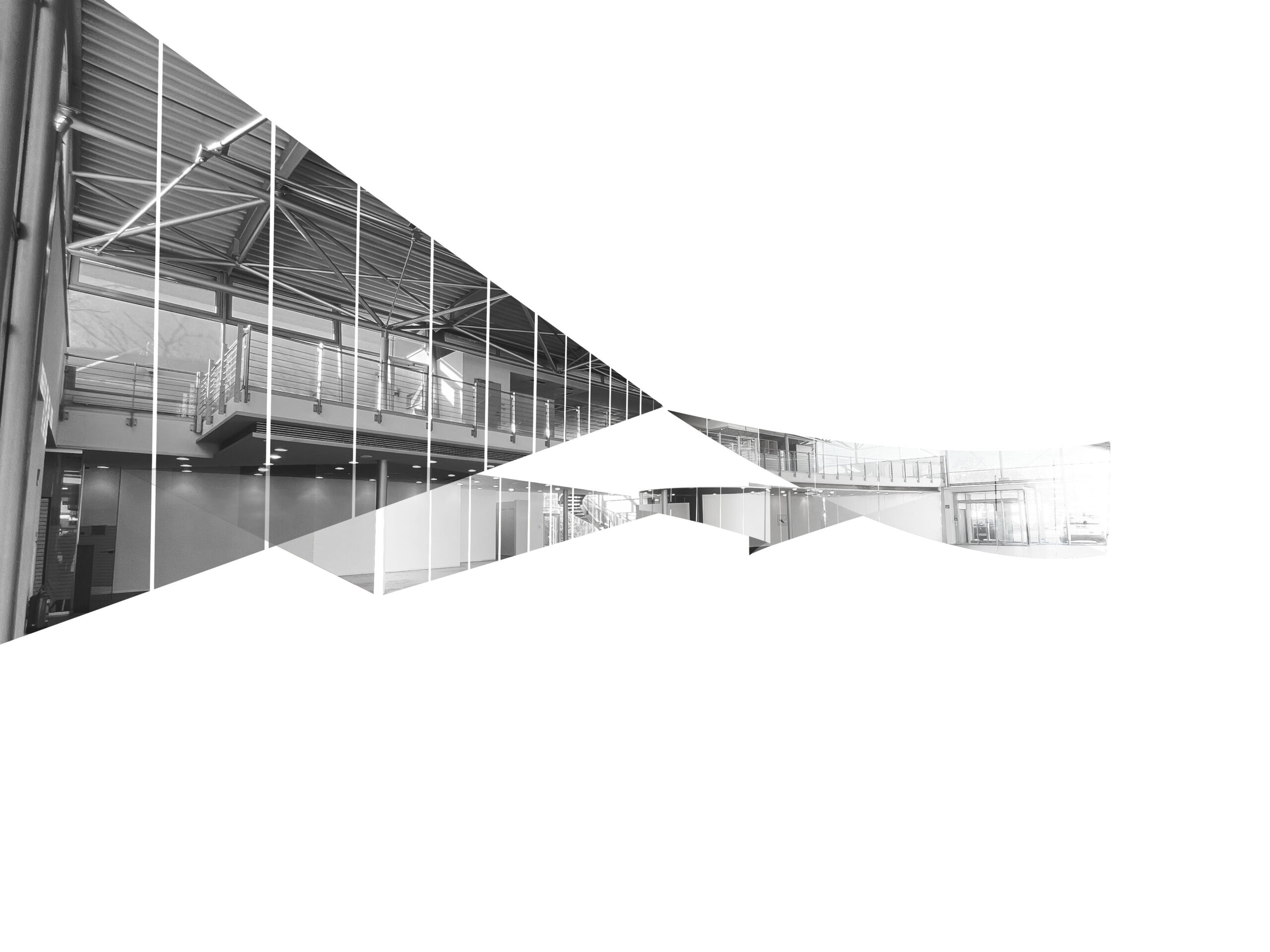
Manuel Gorkiewicz
Hangar
Artist
Manuel GorkiewiczOpening
Apr 9, 2025, 7 pmExhibition
Apr 10 – May 30, 2025Location
Rennweg 110-116, Space 1Graphic Design: Marcus Zoller
Nearly three decades later, Gorkiewicz revisits the metaphor of the “Hangar” in his installation created for the Neuer Kunstverein Wien. His work offers a reflection on the architectural language of the late 20th century, while simultaneously connecting it to the present through artistic interventions by his fellow artists. Various materials—such as high-gloss acrylic fabric, loden cloth, newspaper, and rubber—are integrated into the existing architecture, intertwining with and transforming it. In the newly formed spaces, selected artworks by the artist’s friends and colleagues are presented, expanding the narrative of the “Hangar” with individual perspectives.
The artistic project by Manuel Gorkiewicz and the invited artists addresses the dialectics of architectural, functional, and economic parameters within a specific architectural vision. It transforms this building typology by adding a “form of possibility” to its “form of reality.”
read less